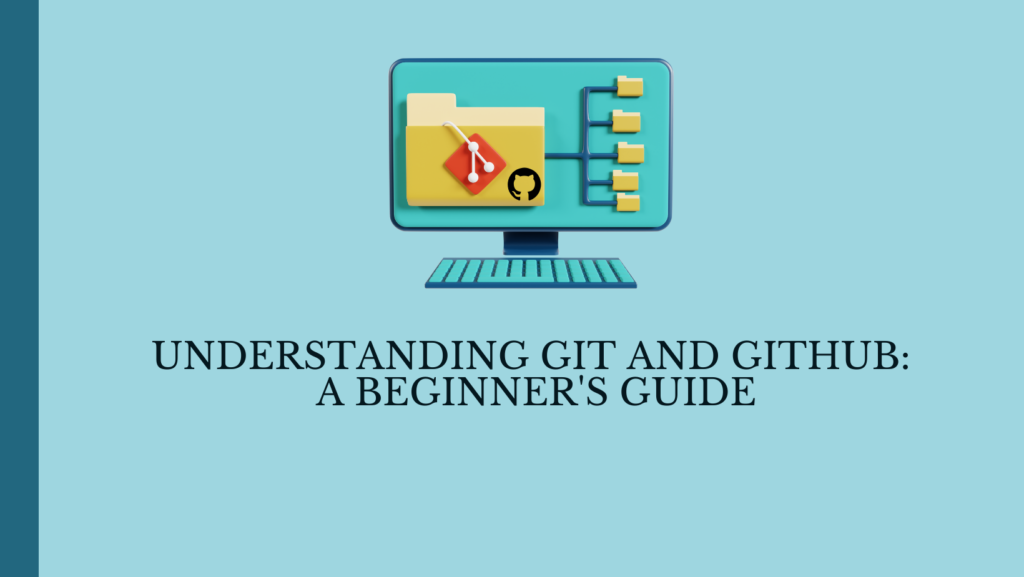Understanding Git and GitHub: A Beginner’s Guide

What Is Git?
Git is a distributed version control system that allows developers to track changes in their codebase. It efficiently manages projects, keeping track of modifications, allowing collaboration among team members, and enabling easy rollback to previous versions if needed.
What Is GitHub?
GitHub is a web-based platform that serves as a hosting service for Git repositories. It provides additional collaboration features like issue tracking, pull requests, and project management tools. GitHub facilitates teamwork by allowing multiple developers to work on the same project simultaneously.
Different Commands in Git with Examples
1. git init
Initializes a new Git repository in the current directory.
Example:
git init
2. git clone
Creates a copy of a repository from a remote source to your local machine.
Example:
git clone https://github.com/username/repository.git
3. git add
Adds changes in the working directory to the staging area.
Example:
git add filename.txt
4. git commit
Records changes made to the files in the repository.
Example:
git commit -m “Added new feature”
5. git status
Shows the status of changes in the working directory.
Example:
git status
Git Push Command with Examples
1. git push
Uploads local repository content to a remote repository.
Example:
git push origin master
This command pushes the changes from the local ‘master’ branch to the remote repository named ‘origin’.
Distinguishing Git from GitHub: A Comparative Overview
| Git | GitHub |
| Version Control System (VCS) | Web-based Hosting Service for Git Repositories |
| Software installed locally on a computer | Web platform accessed via a browser |
| Tracks changes in files and manages versions | Hosts Git repositories and provides collaboration functionalities |
| Allows versioning of code independently | Facilitates collaborative coding among multiple developers |
| Does not require an internet connection | Requires internet connectivity for most operations |
| Enables work on a local repository | Hosts remote repositories accessible to collaborators globally |
| Primarily command-line driven | Offers a graphical user interface (GUI) along with command-line |
Understanding the distinction between the two is crucial for developers aiming to efficiently manage code versions and collaborate effectively on projects.
Conclusion
Git revolutionized version control, enabling efficient collaboration among developers. Understanding Git basics, along with commands like git add, git commit, and git push, is essential for effective project management and seamless teamwork. Embracing these tools empowers developers to work efficiently, track changes, and contribute effectively to the world of software development.

Leave a Reply